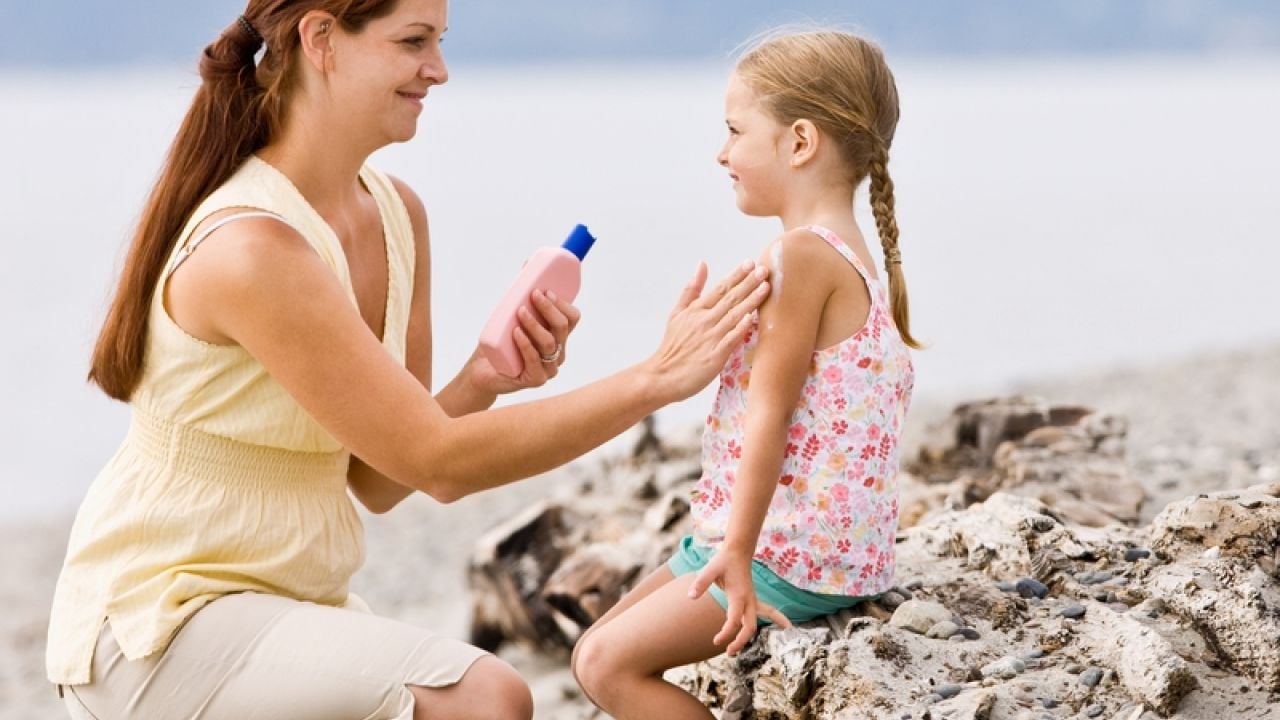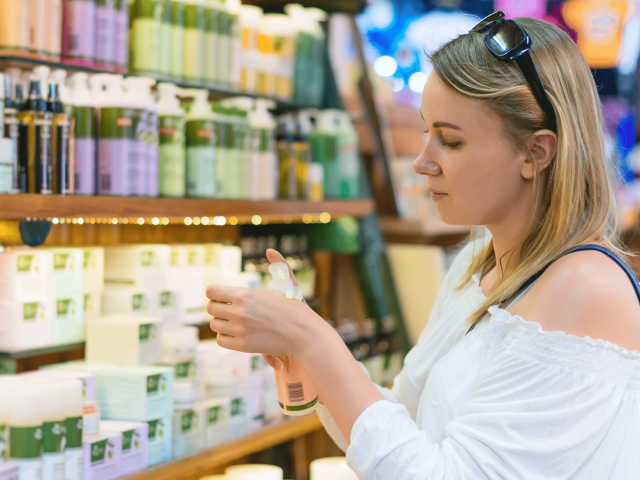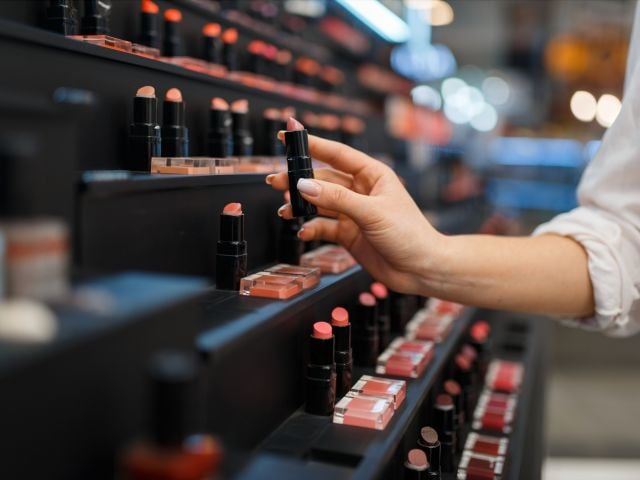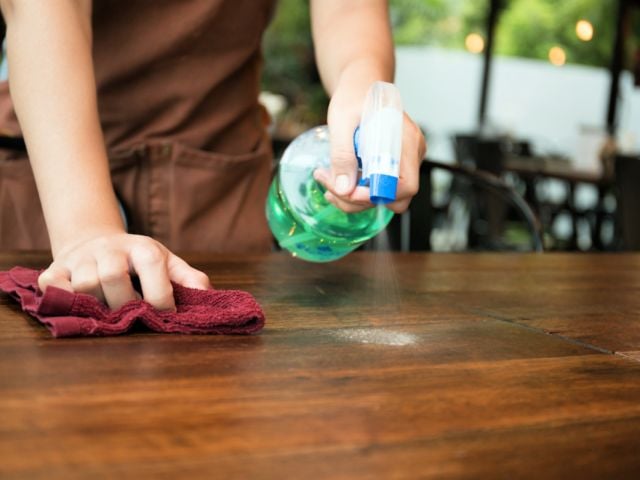
Would you buy a sunscreen with a label that warned you to avoid the sun for a week after applying it?
Canadian consumers could soon face that decision.
Last fall Health Canada, the Canadian government’s health agency, proposed new sunscreen rules that would require sunscreens with retinyl palmitate, a form of vitamin A, to bear a stark warning label:
This product contains [retinyl palmitate] that may increase your skin's sensitivity to the sun and particularly the possibility of sunburn. Please limit sun exposure while using this product and for a week afterwards
This label would be required on sunscreens containing more than a tenth of one percent retinyl palmitate, a powerful anti-aging chemical. An FDA-sponsored study has linked this chemical to skin tumors and lesions in laboratory animals treated with the chemical, then exposed to sunlight. As well, products containing vitamin A can irritate the skin and increase photosensitivity, as indicated by Canada’s proposed warning label. For these reasons, for the past 5 years, EWG has cautioned consumers to avoid sunscreens with retinyl palmitate and other forms of vitamin A.
If adopted as law, Health Canada’s regulations would be considerably stronger than U.S. rules enforced by the federal Food and Drug Administration. Consumers in both countries confront a similar dilemma. The sunscreen market is confusing. Regulators have not issued rules that are up to date with the latest science on skin cancer and other disorders caused by excessive sun exposure. Melanoma rates are rising. Poor quality products abound, as do misleading labels and advertisements.
The rules the Canadian government is considering would end some of the worst hype on sunscreen. They would bar SPF values greater than 50+ and wet skin sprays, neither of which live up to their billing. Products that offer better protection from the subtle damage of ultraviolet A rays would be labeled clearly.
According to a Health Canada spokesperson, the agency plans to issue final rules “as quickly as possible.”
Because big U.S. sunscreen companies are major players in the Canadian market, a change in Canadian regulations could set in motion improvements in the U.S. market as well.
This year, according to an EWG analysis, U.S. companies have added retinyl palmitate to nearly 25 percent of all beach and sport sunscreens as well as other skin and lip products. EWG recommends consumers avoid sunscreen and skin products with this additive until the industry can prove it is safe for sun-exposed skin.
Health Canada has proposed to ban:
- Sunscreens with SPFs greater than 50+ because numerous studies find that sunscreens with SPF values above 50 offer little additional sunburn protection and lead consumer to misuse them. The FDA has made a similar proposal but has not issued a final regulation. EWG’s market survey estimates that one in seven of U.S. sunscreens claim SPF values greater than 50+.
- “Wet skin” sprays, marketed primarily for use on children. Neutrogena, Coppertone, CVS, Rite Aid and Aveeno, among others, have recently begun to sell these products. The FDA has expressed doubts about the safety and effectiveness of sunscreen sprays, but has not restricted their sale. About one in four sunscreens in EWG’s 2013 database are sprays.
- Sunscreens with added bug repellents, problematic products that are subject to misapplication and misuse.
Other changes under consideration in Canada:
- Adoption of FDA’s relatively weak standard for ultraviolet A filtering, allowing most sunscreens to claim “broad spectrum” protection. However, it would allow sunscreens that meet stronger European Union guidelines to note this on the labels. EWG modeling suggests that half of American sunscreen products are too weak to be sold in Europe. American consumers have no way of knowing which products truly filter out many harmful UVA rays.
- Permission for sunscreen makers to add two superior sunscreen chemicals -- Mexoryl SX and Mexoryl XL -- now found in European products. These offer strong and photostable UVA filtering, a quality that is hard to achieve with the ingredients currently allowed for use in U.S. products. Sunscreen companies been seeking FDA permission to use these chemicals since 2007.
- A bar on combinations of mineral and chemical filters without a more rigorous drug approval process. This complication is one of the few downsides of Canada’s regulatory scheme.
- Disclosure of the specific type of nanomaterials used in mineral sunscreens, a move that could ensure that improper forms of these minerals are not added to products.
Canada’s efforts to improve sunscreen protection are welcome. The FDA has been unable or unwilling to wrap up U.S. sunscreen rules more than 30 years in the making. If they become final, with the full force of law, Canada’s rules will address many, but not all of EWG’s concerns with sunscreen safety and effectiveness.
EWG has campaigned for 7 years for government restrictions on harmful ingredients in sunscreen and for higher standards for skin protection.
EWG’s 2013 Guide to Sunscreens gives safety ratings to more than 1,400 sunscreens, moisturizers, lip products and makeup with SPF claims. We give only 25 percent of the beach and sport sunscreens on this year’s market passing marks for sun protection and absence of toxic ingredients. Even fewer daily moisturizers, makeups and lip products with SPF pass the EWG test.



